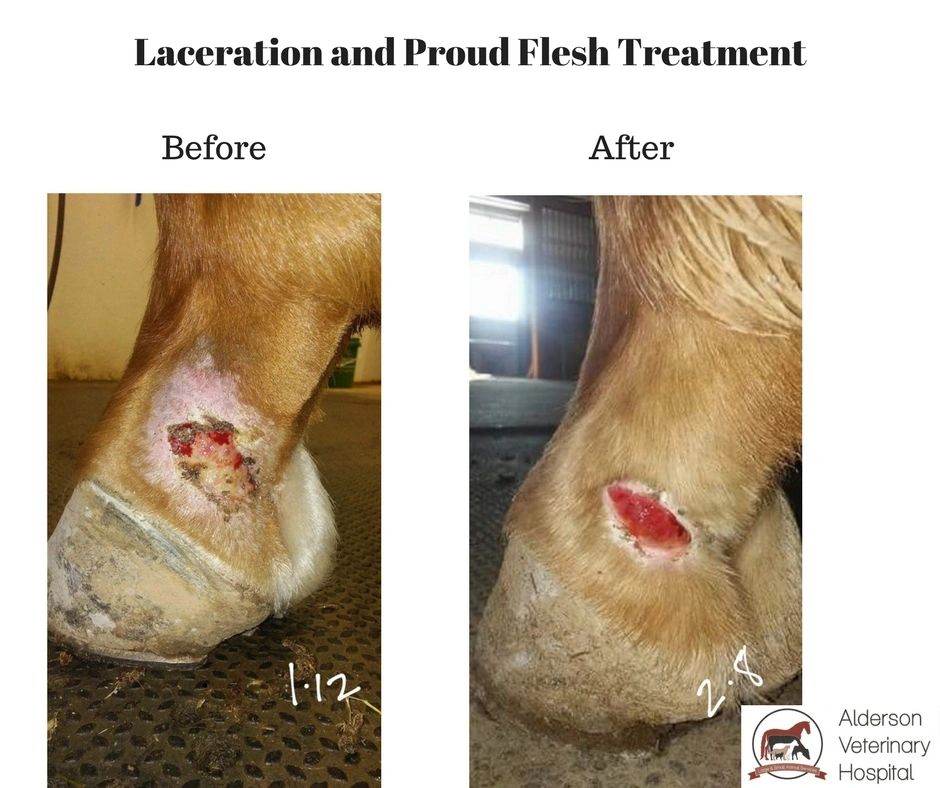Why Equine Therapy is Becoming a Preferred Choice for Emotional Wellness
Why Equine Therapy is Becoming a Preferred Choice for Emotional Wellness
Blog Article
Assessing the Efficiency of Laser Treatment in Horse Treatment for Injury Rehabilitation
The evaluation of laser therapy's performance in equine injury rehabilitation rests on several elements, including healing time, discomfort reduction, and tissue regrowth. Professional research studies suggest notable improvements in conditions like tendonitis and osteoarthritis, credited to boosted cellular feature and elevated ATP production. Veterinarians often observe premium end results with laser treatment compared to conventional techniques, positioning it as an essential component in equine care. The need for continual monitoring and tailored therapy strategies can not be overemphasized. What particular clinical proof supports these cases, and exactly how do veterinarians apply these methods in practice?
Understanding Laser Treatment
Laser treatment has ended up being a crucial device in vet medicine, particularly in the therapy of equine conditions. Recognized for its non-invasive nature and efficacy, laser treatment involves the application of details wavelengths of light to promote cells repair work and minimize swelling. This therapeutic modality is increasingly favored for its ability to accelerate the recovery procedure in horses dealing with a range of musculoskeletal injuries and persistent conditions.
The primary device behind laser therapy is its capacity to improve cellular functions. Furthermore, laser therapy promotes vasodilation, boosting blood flow and oxygen distribution to damaged cells, hence accelerating recovery.
In equine medicine, laser treatment is particularly helpful for conditions such as tendonitis, osteo arthritis, and wound healing. The method is lauded for its pain-relieving residential properties, allowing horses to gain back mobility and function much more rapidly. Veterinarians likewise appreciate its minimal side impacts contrasted to other therapy modalities, making it a reliable and risk-free alternative for equine treatment.

Just How Laser Treatment Functions

Upon absorption, these photons activate a series of biochemical adjustments, boosting mitochondrial feature and causing boosted adenosine triphosphate (ATP) manufacturing. This increase in ATP speeds up cellular metabolism, promoting cells repair work and regeneration. Additionally, laser treatment regulates inflammatory feedbacks by affecting cytokine levels and decreasing oxidative anxiety, thus alleviating discomfort and swelling.
One more significant aspect of laser treatment is its duty in enhancing microcirculation. The therapy promotes vasodilation, improving blood flow and oxygen delivery to broken tissues (Equine Therapy). This promotes the removal of cellular particles and supports the spreading of fibroblasts and collagen synthesis, essential for injury recovery
Scientific Proof
The effectiveness of laser treatment in equine treatment has been substantiated through different medical researches, showcasing click this site its restorative prospective throughout a series of conditions. A number of controlled trials and observational researches have actually recorded significant renovations in tissue repair work, discomfort reduction, and general rehab timelines. As an example, a research conducted by Turner et al. (2012) demonstrated that steeds treated with low-level laser treatment (LLLT) for ligament injuries displayed accelerated healing compared to those getting conventional treatments. The research highlighted a significant reduction in swelling and improved collagen development.
Similarly, research by Johnson and coworkers (2015) concentrated on equine muscle injuries, exposing that laser treatment considerably sped up muscle fiber regeneration and reduced muscular tissue stiffness. Scientific analyses have actually shown that laser therapy can ease chronic problems such as osteoarthritis.
Vet Insights

Veterinarians likewise value the adaptability of laser therapy. She points out that laser treatment can be tailored to the specific demands of each steed, making certain optimal end results.
Moreover, vets value the capability to incorporate laser treatment with various other therapy methods. This multimodal method can enhance overall treatment efficacy, supplying a detailed service for equine rehabilitation. Such recommendations from skilled experts emphasize the growing approval and application of laser treatment in equine medication.
Practical Considerations
An essential facet of carrying out laser therapy in equine therapy entails recognizing the sensible factors to consider that ensure its efficacy and safety. Most importantly, it is important to pick the proper laser tool, as various kinds differ in wavelength, power, and penetration depth. Equine Therapy. Veterinarians need to be fluent in these criteria to customize treatment procedures effectively per injury type
Additionally, the frequency and duration of laser treatment visit this page sessions require cautious preparation to maximize healing benefits while decreasing any possible damaging impacts. Constant monitoring of the horse's reaction to therapy can lead essential adjustments in the therapy regimen. Establishing a safe and controlled setting throughout treatments is likewise important to protect against accidental direct exposure to laser exhausts, which might hurt both the steed and the handler.
Training and certification of workers administering laser therapy are vital to guarantee correct method and to promote safety and security standards. Furthermore, keeping accurate records of each session, including laser setups and observed outcomes, is essential for examining the general performance of the therapy and for making data-driven decisions.
Verdict
Laser therapy has actually emerged as an effective modality in equine injury rehab, providing considerable advantages in healing time, pain relief, and tissue recovery. For ideal results, continual monitoring and customized treatment methods remain important in leveraging the complete potential of laser treatment in equine treatment.
Report this page